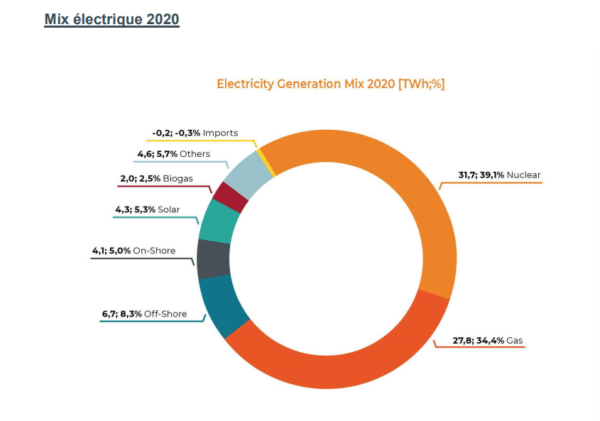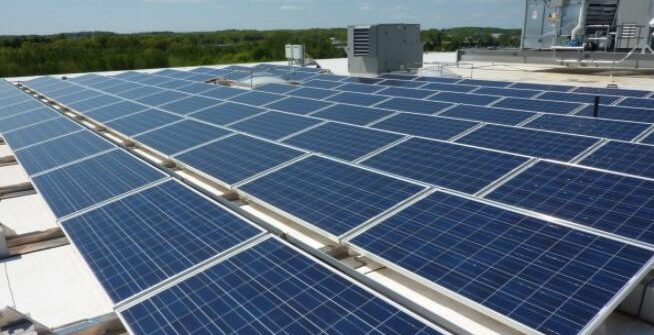Image: Cummings Properties/Flickr
Belgian grid operator Elia has reported that renewable energy sources, including solar and wind, saw their power production increase by 31% to 15.1 TWh in 2020 compared to the previous year, and now cover approximately 18.6% of electricity demand.

This development is attributable to many factors such as weather conditions and the increase in wind capacity, which grew from 3,796 MW at the end of 2019 to 4,670 MW at the end of 2020, and solar power, which saw its share increase from 3,887 MW at the end of 2019 to 4,788 MW at the end of December. “We still see relatively high solar production in the summer months and more wind production in the winter months,” the grid operator said.
The year was also marked by several records: on May 11 at noon 5,824 MW were provided by wind (3,196 MW) and solar (2,628 MW) alone, which represents an absolute record; on December 26, 2020, at around 9 p.m., 3.8 GW was generated only from wind power; a new monthly solar production record was reached in May 2020 with 683 GWh (the old record was 504 GWh in June 2019) due to that month’s sunny weather but also and above all by the increase in installed photovoltaic capacity; finally, for 119 hours in 2020, more than 50% of the electricity consumed in Belgium was produced by renewable energy sources, which had hardly ever happened before.

Impact of the Covid-19 health crisis
“This particular year was marked by an unprecedented health crisis,” Elia added. “However, it is difficult to perceive the direct impacts of this crisis on the electricity mix in Belgium. For example, we have not experienced any shutdown of production plants directly linked to Covid-19 as has happened in other countries.”
However, two major impacts were felt on Belgium’s electricity system: the total consumption for the year 2020 was lower than the other years with a value of 81 TWh, which represents a 7% decrease compared to the average of the last five years. At the height of confinement, during the first wave, the reduction in consumption compared to a normal situation reached minus 25% at certain times of the day.
In August, consumption at times returned to and even exceeded the average of the last five years, mainly due to the heat wave. Average prices per megawatt-hour in the day-ahead market were at times lower than normal. For example, the lowest average day-ahead price (€ 14.7 / MWh) was reached in April. The average for the year was also the lowest since 2016. This is explained in particular by high renewable production during periods of confinement when electricity consumption was lower and by lower fuel prices (particularly gas).
